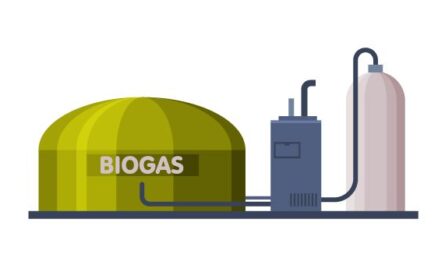District Heating Market set to Drive Sustainable Growth by Decentralization
The district heating market provides an efficient heating solution for residential and commercial spaces through a system of insulated pipelines for transporting steam, hot water, or hot glycol to various buildings for space or water heating purposes. The global district heating market is estimated to be valued at US$ 50.8 Bn in 2024 and is expected to exhibit a CAGR of 1.5% over the forecast period from 2023 to 2030.
Key Takeaways
Key players operating in the district heating market are Vattenfall AB, SP Group, Danfoss Group, Engie, NRG Energy Inc., Statkraft AS, Logstor AS, Shinryo Corporation, Vital Energi Ltd, Göteborg Energi, Alfa Laval AB, Ramboll Group AS, Keppel Corporation Limited, FVB Energy. Key players like Vattenfall AB and SP Group account for a substantial share of the market.
The growing awareness about environmental protection and sustainable sources of energy is driving the demand for district heating systems globally. Countries in Northern Europe have highly developed district heating infrastructure due to their climatic conditions.
The major district heating companies are focusing on expanding their operations in new geographical regions including Asia Pacific and Middle East & Africa. The decentralization of district heating through renewable energy integration and smart technology advances is boosting the global market.
Market Key Trends
One of the major trends in the district heating market is the increasing focus on decentralization of systems. Earlier district heating plants were large centralized units but now more renewable and localized solutions are being adopted. For example, unused waste heat from industries, data centers, renewable energy plants etc. are being utilized to generate heating for localized areas through small modular plants. This makes district heating systems more flexible, reliable and sustainable by relying less on fossil fuel based centralized systems.
Porter’s Analysis
Threat of new entrants: The district heating market requires large capital investments and facilities to generate and distribute heat through an extensive piping network. The existing utilities have well-established distribution networks, economies of scale and access to cheaper financing making new entry difficult in most geographical areas.
Bargaining power of buyers: Individual household buyers have low bargaining power due to inelastic demand for heating. However, large commercial and industrial customers can negotiate cheaper tariffs based on annual consumption.
Bargaining power of suppliers: Fuel costs, especially natural gas and coal, form a major portion of operational expenses for district heating plants. Fluctuations in fuel prices can impact profits. However, the threat is moderate since utilities can pass on higher costs to customers.
Competitive rivalry: The district heating market faces low to moderate competitive pressure globally with the presence of few major network operators in each geographical region. Local monopolies are common especially in Nordic countries with a well-developed district heating infrastructure.
Threat of new substitutes: Alternate heating sources like individual gas boilers, electric heating and heat pumps pose a threat. However, district heating remains competitive for apartment complexes and densely populated urban areas due to economies of scale.
Geographical Regions
Europe accounts for over 50% of the global district heating market value led by Nordic countries where the technology originated. Countries like Sweden, Finland and Denmark have extremely well-developed district heating grids covering over 60-80% of the residential heating demand. Central and Eastern European nations also rely heavily on district heating networks set up during the Soviet era.
The Asia Pacific region is poised to become the fastest growing market for district heating during the forecast period. Government incentives and policy pushes for cleaner sources of heating are driving new project investments especially in China, Japan, South Korea and certain parts of India. Rising urbanization is also improving the business case for district heating in dense city centers.
*Note:
1.Source: Coherent Market Insights, Public sources, Desk research
2.We have leveraged AI tools to mine information and compile it




